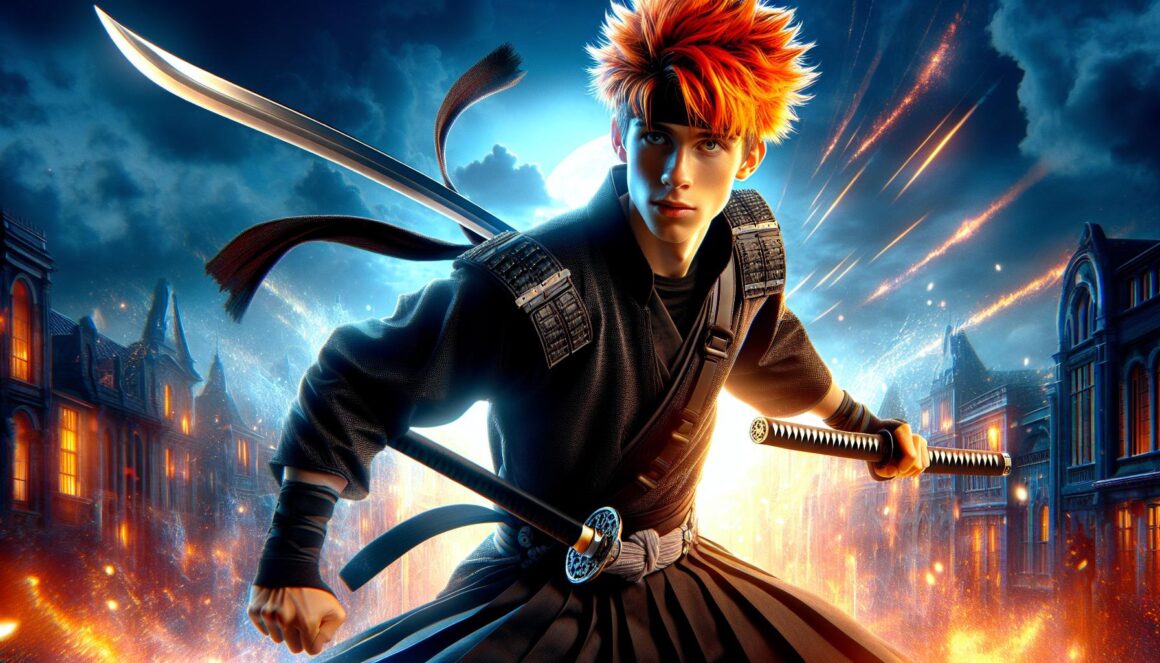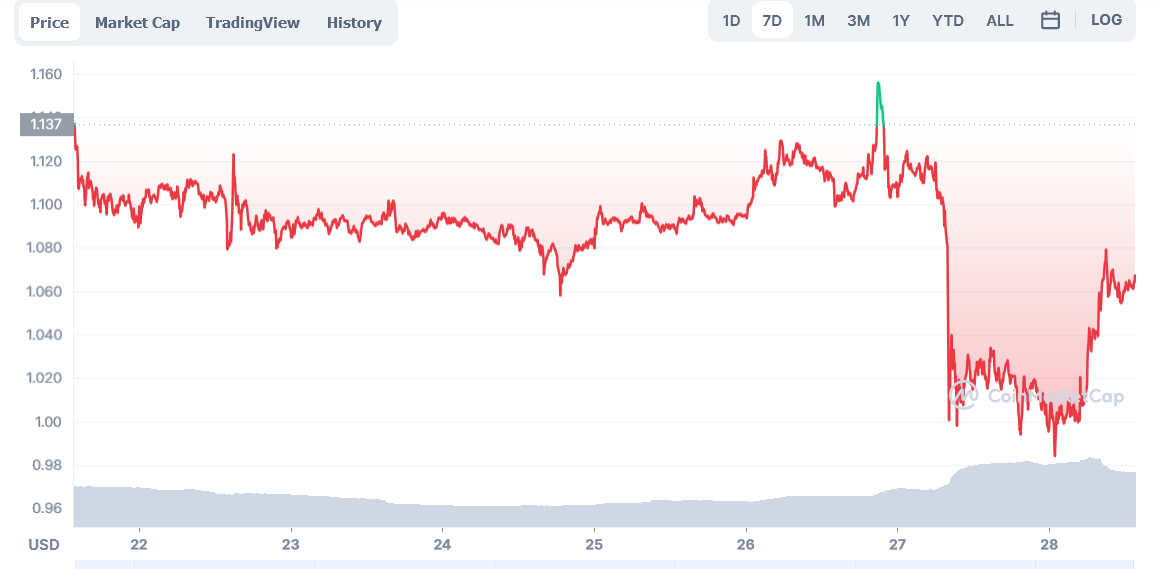Anime has a unique ability to transport us to extraordinary worlds filled with vibrant characters and gripping narratives. One series that stands out in this realm is Bleach, a captivating blend of action, adventure, and supernatural elements. I’ve spent countless hours immersed in its universe, following the journey of Ichigo Kurosaki as he navigates the challenges of being a Soul Reaper.
With its rich lore and unforgettable battles, Bleach has left a lasting impact on the anime landscape. It’s not just the intense fight scenes that draw me in; it’s the deep character development and emotional storytelling that keep me coming back for more. Whether you’re a long-time fan or new to the series, there’s always something fresh to discover in the world of Bleach.
Key Takeaways
- Rich Narrative and Character Development: Bleach intricately weaves themes of friendship, honor, and sacrifice through its character arcs, particularly highlighting the growth of Ichigo Kurosaki and his relationships with key characters like Rukia Kuchiki and Aizen Sosuke.
- Dynamic Art and Animation: The series stands out with its unique blend of traditional and modern animation techniques, creating visually striking battles and environments that enhance storytelling.
- Engaging Soundtrack: The eclectic musical score composed by Shiro Sagisu, alongside memorable opening and ending themes, enhances the emotional depth of the series and complements critical moments in the narrative.
- Cultural Influence: Bleach has significantly impacted the anime landscape, inspiring numerous adaptations and influencing the shonen genre with its compelling blend of action, character insight, and world-building.
- Significant Arcs: Major story arcs, such as the Soul Society and Thousand-Year Blood War, provide pivotal plot developments that challenge character ideologies and culminate in epic battles, solidifying Bleach’s reputation in anime storytelling.
- Global Fanbase and Legacy: The series’ enduring popularity has fostered a dedicated global fanbase, showcasing its themes through conventions, fan art, and cosplay, which highlights its lasting cultural impact.
Anime:eto_np6rlw4= Bleach
Bleach, created by Tite Kubo, stands as a hallmark of the anime genre. The series revolves around Ichigo Kurosaki, a teenager who accidentally acquires the abilities of a Soul Reaper. Soul Reapers protect the living world from evil spirits while guiding spirits to the afterlife. Ichigo’s transformation ultimately leads him into intense conflicts with various supernatural enemies, including Hollows and other Soul Reapers.
The plot intricately weaves themes of friendship, honor, and sacrifice through its expansive character arcs. Iconic characters such as Rukia Kuchiki, Renji Abarai, and Aizen Sosuke contribute significantly to the depth of the storyline. Each character presents their own motivations, struggles, and growth, enriching the overall narrative.
Bleach is known for its dynamic art style and action sequences. The series employs a blend of traditional Japanese aesthetics with modern animation techniques, creating visually striking battles. Moreover, the fights are not mere spectacles; they incorporate strategy and character development, enhancing viewer engagement.
The series also delves into the rich lore of its universe. Different factions, such as the Gotei 13 and the Espada, introduce complex world-building elements that captivate audiences. The meticulous attention to detail in constructing the Soul Society and Hueco Mundo adds layers to the plot, making the series memorable.
Bleach’s impact on anime culture is undeniable. It has inspired numerous adaptations, including movies, video games, and spin-off series. Its global fanbase continues to grow, solidifying its place in the hearts of both dedicated fans and new viewers alike.
Storyline and Plot Development
Bleach offers a multifaceted narrative that intricately weaves character growth and intense action. The series excels in exploring deep themes and significant plot developments throughout its runtime.
Main Characters
- Ichigo Kurosaki: Ichigo acts as the central protagonist, balancing his life as a high school student and his responsibilities as a Soul Reaper. His journey showcases personal growth and his struggle against powerful foes.
- Rukia Kuchiki: Rukia serves as the catalyst for Ichigo’s transformation into a Soul Reaper. Her noble background and complex emotions contribute to the series’ depth.
- Renji Abarai: Renji, a Soul Reaper, represents loyalty and personal ambition. His rivalry with Ichigo reflects both tension and camaraderie.
- Aizen Sosuke: Aizen, the primary antagonist, embodies deception and power. His plans and manipulations drive much of the conflict in the series.
- The Soul Society Arc: This arc introduces viewers to the Soul Society, the realm where Soul Reapers operate. Ichigo’s rescue of Rukia establishes the series’ central conflict, pitting him against formidable Soul Reaper captains.
- The Arrancar Arc: Ichigo faces the Arrancar, a group of powerful adversaries. This arc expands the scope of the conflict, adding depth to the lore and revealing hidden truths about character backgrounds.
- The Winter War Arc: This climax showcases an all-out battle between the Soul Reapers and Aizen’s forces. The stakes heighten as alliances form, leading to significant character developments and epic confrontations.
- The Thousand-Year Blood War Arc: This final arc delves into the long-ignored conflict between the Soul Society and the Quincy. it challenges characters’ ideologies and resolves longstanding conflicts, providing a decisive ending to Ichigo’s journey.
Each arc enhances the storyline and integrates important themes, solidifying Bleach’s position as a cornerstone of anime storytelling.
Animation and Art Style
Bleach stands out for its dynamic animation and distinct art style, which enhances the storytelling and character experiences. The blend of traditional and modern techniques creates a visually captivating environment.
Visual Aesthetics
Bleach employs a diverse color palette that accentuates emotions and intensifies action sequences. The backgrounds feature intricate details, reflecting both mystical and urban elements that immerse viewers in the setting. Fluid animation techniques showcase the fast-paced battles, with smooth transitions that maintain the continuity of movement. Iconic moments, such as the powerful Bankai transformations, leverage dramatic lighting and effects, emphasizing the gravity of conflicts.
Character Design
Each character in Bleach exhibits unique attributes that reflect their personalities and backgrounds. Ichigo Kurosaki’s spiky orange hair and distinctive Soul Reaper attire symbolize his rebellious spirit and determination. Rukia Kuchiki’s elegant design complements her stoic demeanor and deep sense of duty. The contrast between characters, such as the flamboyant Aizen and the fierce Renji, showcases diverse visual traits that capture their roles in the narrative. Additionally, the attention to detail in hair, clothing, and weapon design reinforces the thematic elements of their respective arcs, enhancing both character development and viewer engagement.
Soundtrack and Voice Acting
The soundtrack and voice acting of Bleach play vital roles in shaping the series’ emotional landscape, enhancing viewer immersion. Music composition and voice talent both contribute significantly to the storytelling experience.
Music Composition
Bleach’s music composition features an eclectic mix of genres, enhancing various scenes. Composer Shiro Sagisu delivers a powerful score that blends orchestral, electronic, and rock elements. Iconic opening and ending themes, like “”Asterisk”” by Orange Range and “”Life is Like a Boat”” by Rie Fu, resonate with themes of adventure and introspection. Background tracks intensify action sequences, building tension during battles and providing an emotional backdrop during poignant moments. The evocative melodies underscore character journeys and significant plot developments, reinforcing the series’ overall impact.
Voice Talent
The voice talent in Bleach brings characters to life with depth and nuance. Japanese voice actors, such as Masakazu Morita (Ichigo Kurosaki) and Fumiko Orikasa (Rukia Kuchiki), infuse their roles with distinct personality traits. Their performances capture the essence of their characters, showcasing a range of emotions from determination to vulnerability. The English dub, featuring voice actors like Johnny Yong Bosch (Ichigo) and Michelle Ruff (Rukia), maintains the same level of dedication, allowing non-Japanese viewers to connect with the story. Stellar voice acting plays a crucial role in conveying character relationships and driving the narrative forward, making Bleach all the more engaging for audiences.
Cultural Impact and Legacy
Bleach’s cultural impact and legacy span various aspects of anime and global pop culture. The series significantly influenced the shonen genre, inspiring numerous titles with its blend of action, character development, and intricate world-building. Fans often cite Bleach as a pivotal work that shaped their interest in anime, creating a lasting imprint on the medium.
Bleach’s popularity led to various adaptations, including a successful anime series, novels, video games, and merchandise. This expansion allowed the series to reach diverse audiences, fostering a strong global fanbase. Convention panels, fan art, and cosplay further highlight Bleach’s enduring presence in contemporary anime culture, as enthusiasts celebrate its characters and themes.
The themes of friendship, sacrifice, and growth resonate deeply among viewers, contributing to its legacy. Iconic moments, such as Ichigo’s determination to protect his friends and the emotional stakes in battles, exemplify the series’ relatability. The exploration of loyalty and honor in character arcs adds depth, prompting fans to reflect on their values and relationships.
Bleach’s artistic contributions also play a vital role in its legacy. The unique character designs and vibrant animation styles set benchmarks for visual storytelling in anime. The distinct use of color and innovative action sequences captured audiences’ attention, influencing future works in animation.
The impact on the music industry is noteworthy as well. The series features a remarkable soundtrack that enhances its narrative. Shiro Sagisu’s compositions and memorable theme songs resonate with fans, contributing to the emotional weight of pivotal scenes. The music’s varied styles reflect the series’ tone, further enriching the viewing experience.
Additionally, Bleach’s voice acting has garnered praise, with both Japanese and English cast members delivering performances that breathe life into the characters. Their portrayals create a deeper connection to the story and enhance the overall engagement, reinforcing the significance of voice talent in anime’s cultural fabric.
Overall, Bleach’s cultural impact and legacy continue to thrive, influencing new generations of creators and fans alike.
Vibrant Animation
Bleach stands out as a monumental series in the anime world. Its intricate storytelling and character development resonate deeply with viewers. I appreciate how it intertwines themes of friendship and sacrifice with breathtaking action sequences. The vibrant animation and memorable soundtrack elevate the experience, making each moment unforgettable.
As I reflect on Bleach’s legacy, it’s clear that its influence extends beyond just entertainment. The series has shaped the shonen genre and inspired countless fans and creators. Whether you’re a long-time follower or just discovering it, Bleach offers a rich and immersive journey that leaves a lasting impression.
Our Founder and Chief Enthusiast: With a background that’s a wild mix of tech enthusiasm, finance, and a short stint believing blockchain was a new martial arts technique, Matej is the heart and soul of TheBlockchainBrief.com. He’s got more passion for cryptocurrency than most people have for coffee, and that’s saying something.



